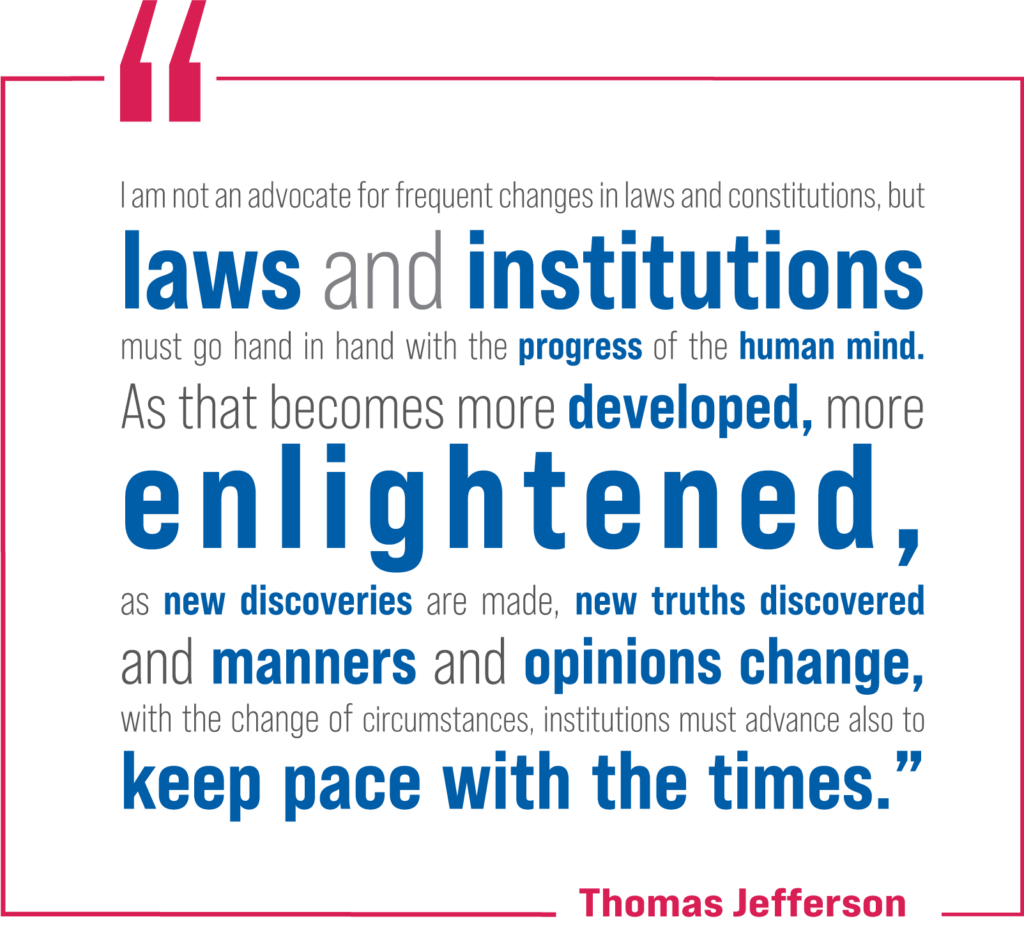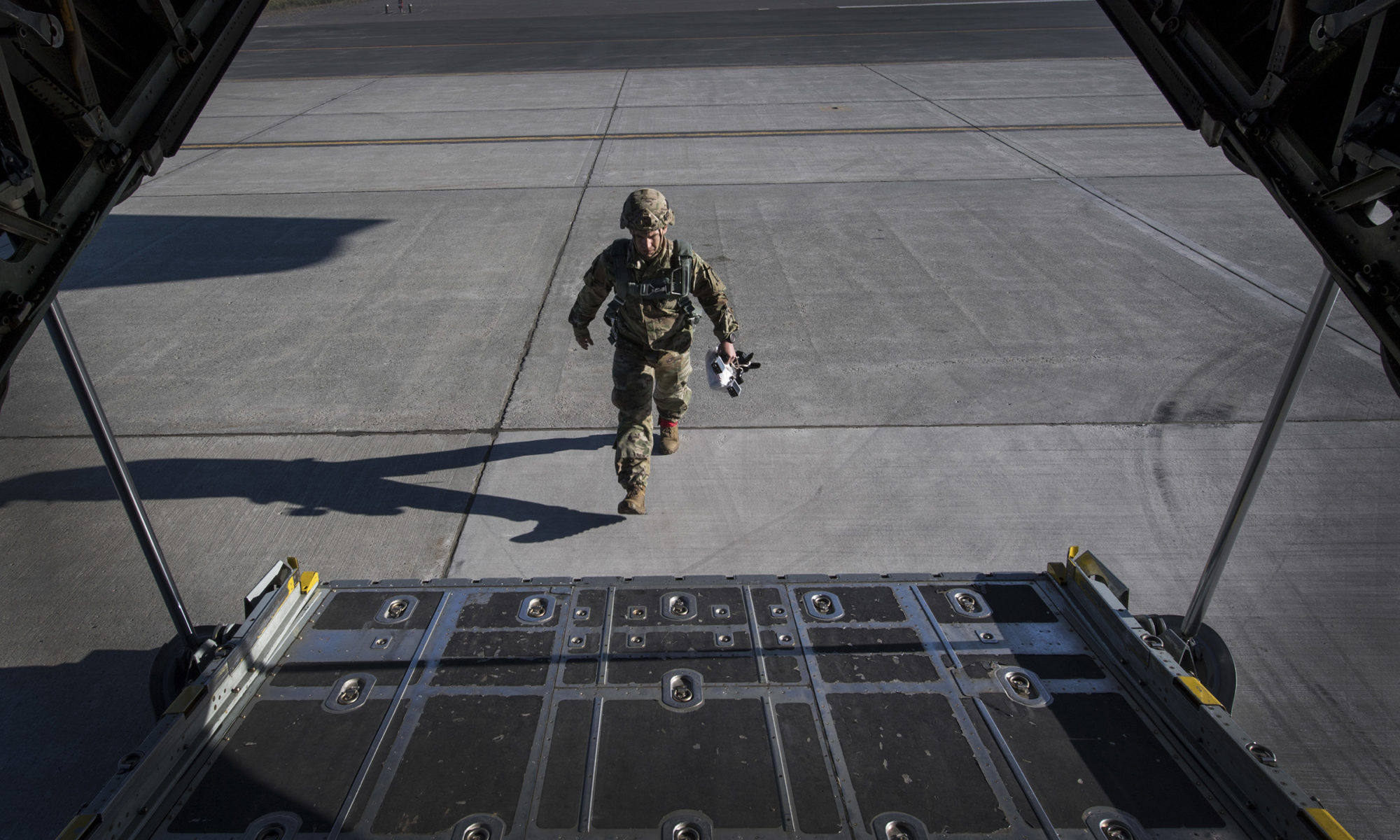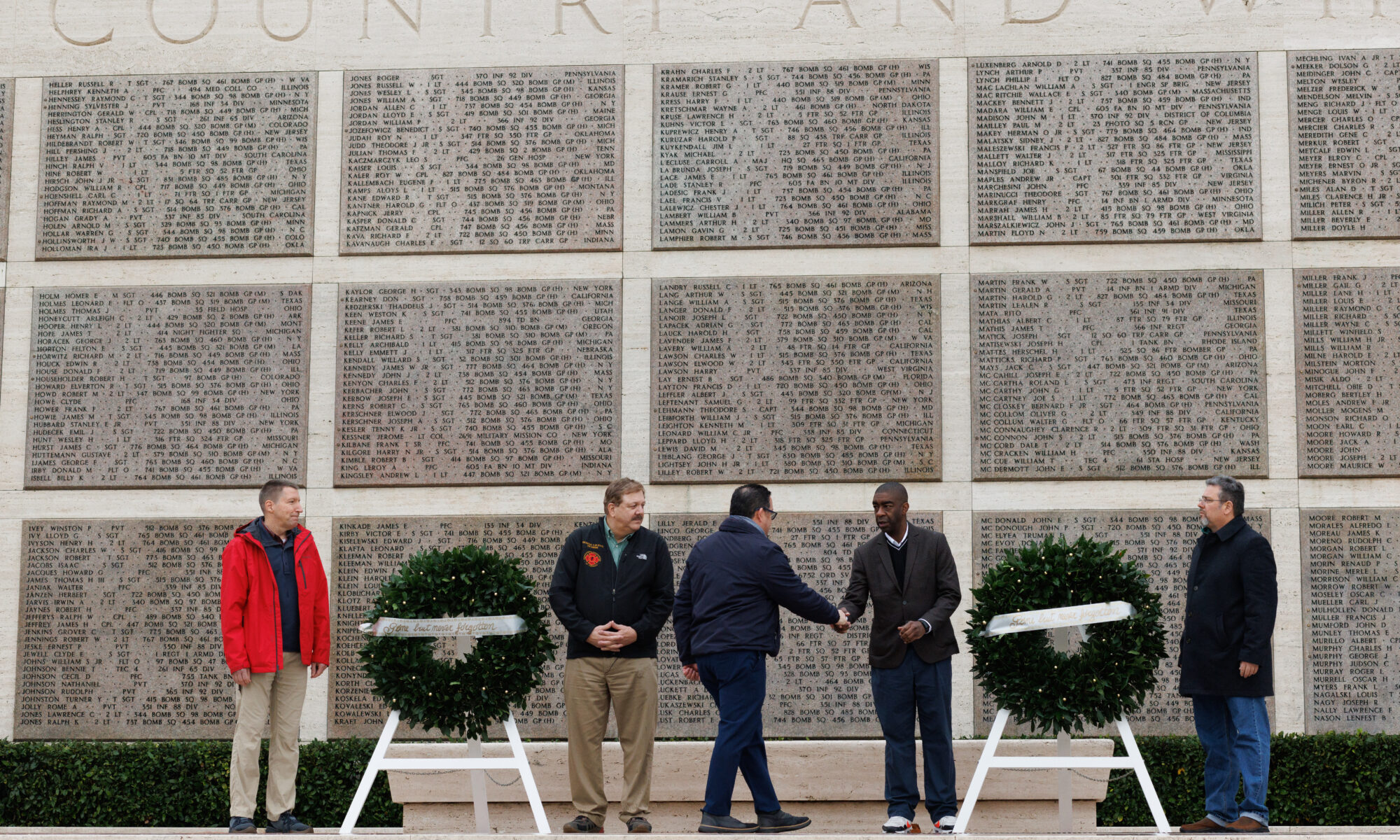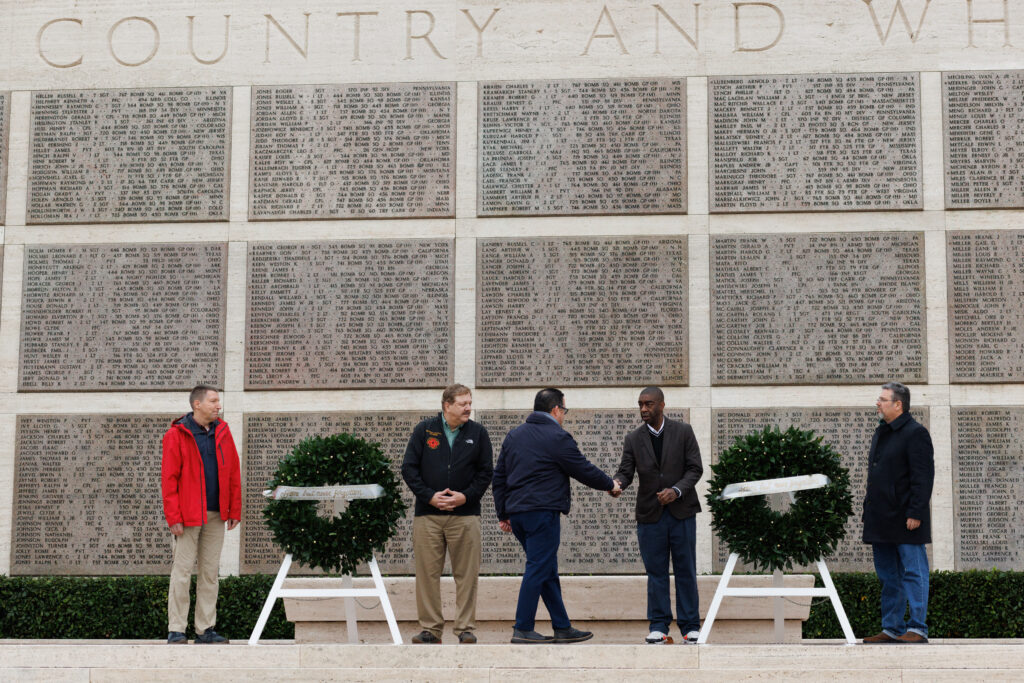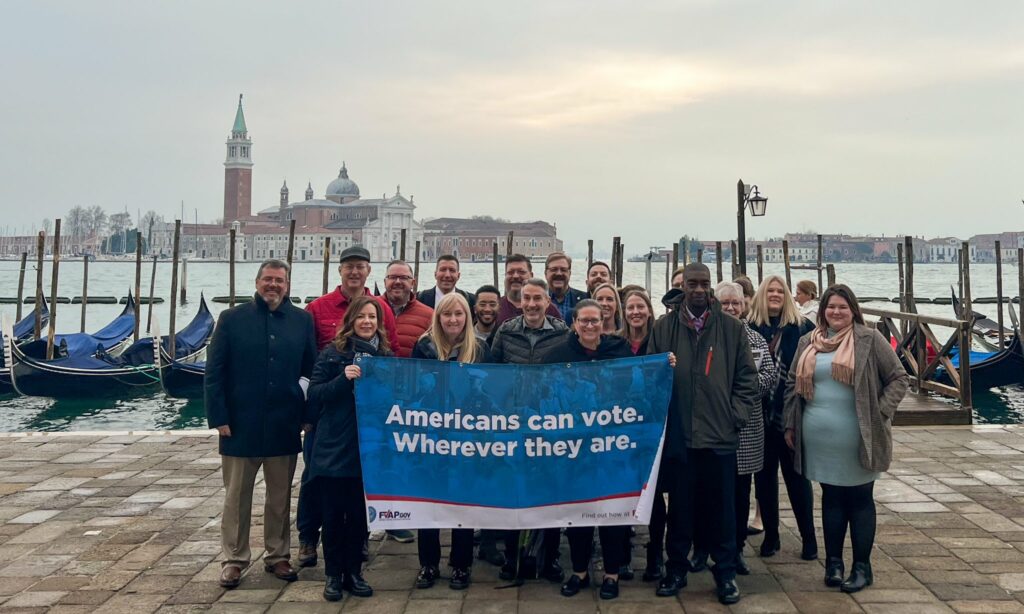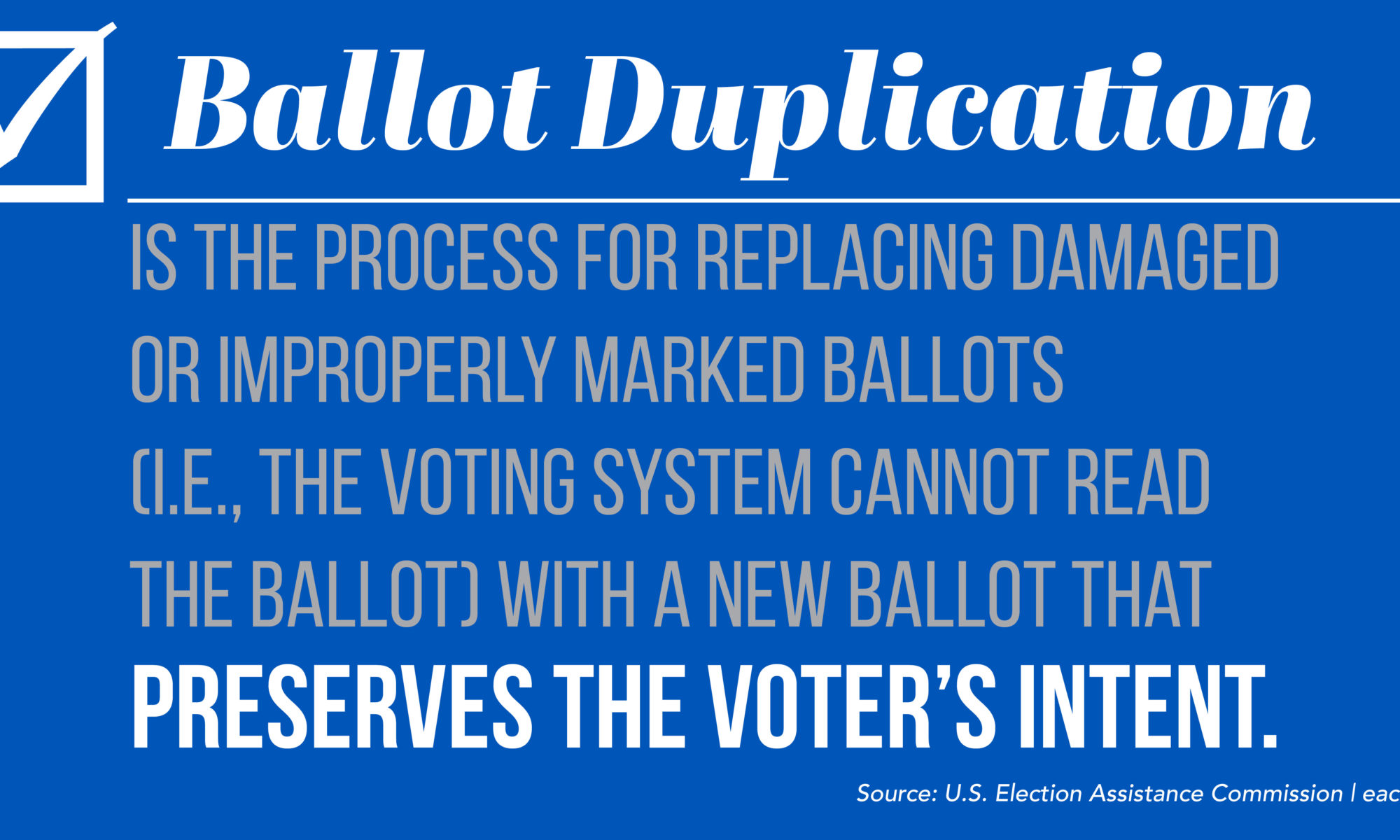Anyone working in an office until around 2010 likely recalls the oversized machines that fax, copy and scan, and feature the distinctive dial tone of an outgoing fax. This, however, may be a foreign concept for those more recently entering the workforce.
The use of fax machines has dipped significantly since their heyday in the 1980s and many of the younger generation wouldn’t know how to use one. Yet, for military and overseas voters, faxing is still one of the primary methods to return voted ballots using an electronic method, as opposed to snail mail.
Military and overseas voters covered by the Uniformed and Overseas Citizens Absentee Voting Act (UOCAVA) often face unique challenges in requesting, receiving and returning election materials due to living in austere conditions abroad where they don’t have access to many forms of communication. Election officials and state legislatures prioritize giving these voters every chance to cast a ballot — in many cases they are defending our country, after all. As such, 31 states allow for some method for these voters to return a ballot electronically.
Many states specifically use the term “fax” or “facsimile” in statute and list it as one of the methods of electronic ballot return. It is the only permitted method of electronic return in seven states and, in 2016, it accounted for 36% of the total transmitted military and overseas citizen ballots. In some cases, this language is a vestige from previous decades when fax was more heavily used but may also be due to a perception that faxing using land lines is a more secure method of transmitting ballots.
It’s important to note that what we traditionally think of as faxing by use of traditional land lines is not the way that documents are typically faxed today. Household and business landlines are becoming less common. More people are relying on online fax services, which is a trend accelerated by the global pandemic when an influx of workers shifted to working remotely.
A fax today doesn’t look the way it did when the technology was first invented in the 1800s when reproductions of images were sent via telegraph. The method isn’t even the same as it was in the 1990s when the Federal Voting Assistance Program started its Electronic Transmission Service, allowing servicemembers serving in the Persian Gulf to send and receive election materials via fax.
Faxing today isn’t completely reliant on telephone networks; it often uses the internet. Multipurpose fax machines commonly used today typically access an external network, introducing many of the same potential vulnerabilities as other internet-connected systems. At the same time, faxing has proven incapable of evolving, and does not incorporate the security mitigations available to other networked devices.
However, secure electronic voting methods are not entirely far from reach. There is a way to electronically verify digital signatures for Military voters through the end-to-end encryption of a Department of Defense Common Access Card, also known as a CAC. In January 2023, the Federal Voting Assistance Program submitted a Report to Congress on End-to-End Electronic Voting Services. The report describes the opportunity for the Federal Government to utilize email transmissions for Military personnel and election officials with CACs. A CAC comes with digital signature verification, allowing enhanced encryption of the sender and recipient. Unfortunately, a CAC falls under the Department of Defense, which, as it stands, does not extend end-to-end email verification between Military personnel and election officials. There would need to be State level authorization access to accept election materials from digital signatures. However, there is an opportunity to research alternatives such as the Federal Public Key Infrastructure, or FPKI, working in conjunction with other Federal partners.
Exploring more secure electronic submission alternatives to faxing is vital for helping Military and Overseas voters. States may want to consider their permitted methods of electronic return for UOCAVA voters in light of evolving technologies and the fact that faxing today isn’t the same as faxing in the pre-internet era.
In the words of Thomas Jefferson:
